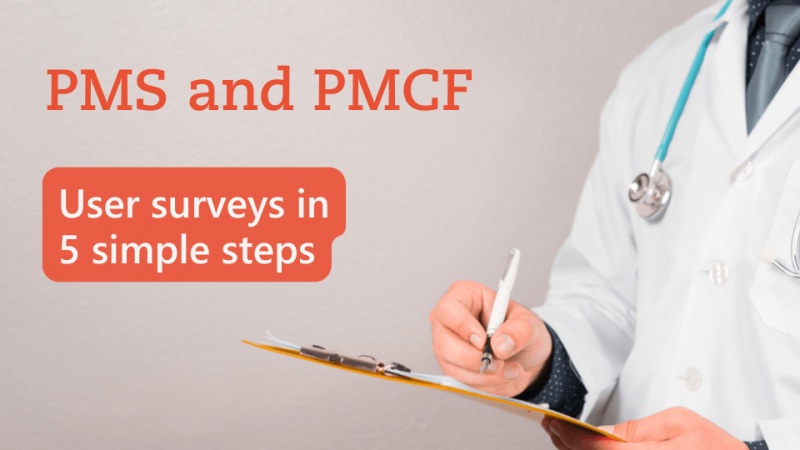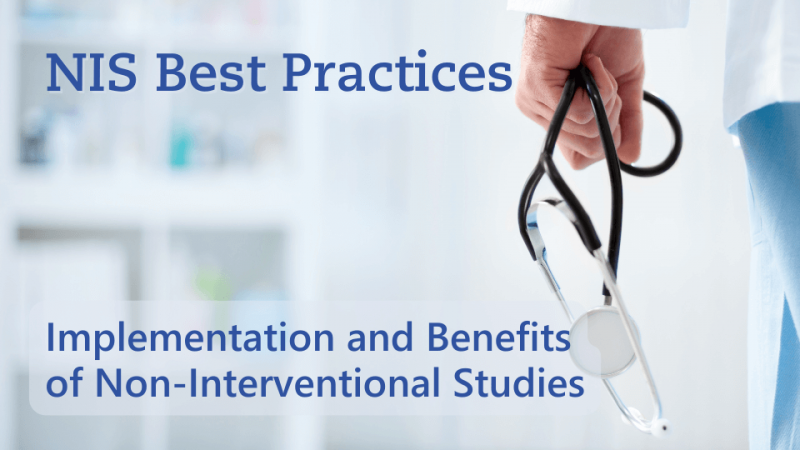Clinical evaluation: It is not all about clinical affairs‘ data
12/06/2023
Do you have any questions about the article or would you like to find out more about our services? We look forward to hearing from you!Make a non-binding enquiry now
What data should manufacturers consider during clinical evaluation of their medical devices? To answer this question can be challenging sometimes. In this case, guiding questions can be helpful to identify the clinically relevant aspects. It is also important for the authors of clinical evaluations to work closely with the risk management and clinical affairs divisions. In this article, we would like to share our assessments of what we understand by the term "clinically relevant".In clinical evaluation, many data from different areas are considered and evaluated. However, as the name suggests, it is carried out from a clinical point of view. Therefore, the authors of clinical evaluations are always faced with the question whether a certain aspect is clinically relevant and thus must be addressed in the clinical evaluation or not.
• Annex XV, Chapter 1, paragraph 2.6 states that the primary endpoint of a clinical trial must be product-specific and clinically relevant.
• According to Article 68 1b, there must be a clinically relevant benefit for the subject.
However, the MDR does not define at any point what clinically relevant means. Unfortunately, the MEDDEV 2.7.1 rev. 4 as well as the MDCG documents do not give a definition either. Therefore, it is up to the authors of clinical evaluations how they define this term for themselves.
Best Regards
 Bianca Reiser
Bianca Reiser
What MDR, MEDDEV 2.7.1 rev4, and the MDCG documents say
In Article 2, the EU Medical Device Regulation (EU) 2017/745 (MDR) defines "clinical data" as " information concerning safety or performance that is generated from the use of a device." In the context of clinical investigation, the term "clinically relevant" is used twice:• Annex XV, Chapter 1, paragraph 2.6 states that the primary endpoint of a clinical trial must be product-specific and clinically relevant.
• According to Article 68 1b, there must be a clinically relevant benefit for the subject.
However, the MDR does not define at any point what clinically relevant means. Unfortunately, the MEDDEV 2.7.1 rev. 4 as well as the MDCG documents do not give a definition either. Therefore, it is up to the authors of clinical evaluations how they define this term for themselves.
What does "clinically relevant" mean? - A definition with many open questions
A matter is at least "clinical" if it describes the effect of a medical device’s application on the patient, the patient's course of disease, or the patient's change in condition. Obviously, this statement includes the users. This attempted definition raises a variety of questions:- What aspects of risk management should be considered in the clinical evaluation?
- Do all risks ultimately have some potential impact on the patient?
- Do all usability-associated problems eventually have a detrimental effect on patients?
- How much clinically relevant information can be found in the Periodic Safety Update Report (PSUR)?
- And finally: Which of the marketing claims should be checked in the clinical evaluation?
Track down relevant data with these 3 steps
Given these multiple possible interpretations, we recommend a step-by-step workflow for data selection for clinical evaluation:Step 1: Describe clinically relevant aspects with guiding questions
The Clinical Evaluation Plan (CEP) should initially be free of the thoughts outlined above. Instead, it helps to put oneself in the shoes of the users and patients. Finally, MEDDEV 2.7/1 rev. 4 emphasizes this clinical perspective. These guiding questions can support you to identify the clinically relevant aspects:- What is important to assess from a clinical perspective?
- What do patients need to know?
- What questions do users ask first?
- What does the application look like?
- What is the daily routine in practice?
- What are the effects - good and bad - of the medical device?
Step 2: Select data for the answers
Have you gathered all the clinically relevant questions for which a conscientious clinician demands answers? Then next consider what data can be used to answer these questions. You will find that you can already sufficiently substantiate some very important aspects with preclinical data.Step 3: Comparison with the risk analysis
Now compare your results to the risk analysis so as not to miss anything. Not every measure to mitigate a risk requires clinical data to confirm its effectiveness. For example, sterilization can reduce the risk of infection. However, this aspect will not be validated by clinical affairs, although it is very important to the authors of the clinical evaluation. Instead, the analysis will be limited to the fact that there is successful validation of sterilization, sterile packaging, and reprocessing instructions. The same applies to biocompatibility: the necessary tests must have been passed. In contrast, the confirmation of a clinical benefit is in any case taken over by clinical affairs.In one team with risk management and clinical affairs
This procedure shows: It obviously boils down to a work-sharing between different divisions. The identification of clinically relevant aspects is ideally carried out together with risk management to create the master plan for verification and validation. This regulates who performs which validation with which data. It also defines what the different divisions - including design verification, usability validation, biological evaluation, and clinical evaluation - should take care of.Conclusion
To outsiders, “clinically relevant” is anything that can happen to patients. For the authors of clinical evaluations, this definition is relevant, but the validation is done by different divisions. Not everything that is clinically relevant needs to be evaluated in the clinical evaluation - only if it is clinical data. In addition, preclinical results also contribute to clinical evaluation, because the overall clinical picture must be evaluated. This is the only way to determine the clinical benefit-risk ratio. In the end, all those involved combine their results, and the overall evidence for the medical device is obtained.Are you currently preparing the clinical evaluation of your new medical device? Are there any uncertainties as to which aspects are clinically relevant and need to be evaluated? Our experts will be happy to support you in finding the right answers to your questions - also for other tasks in the field of clinical affairs. Or do you have a different idea about the definition of "clinically relevant"? We look forward to discussing your request with you.Best Regards
Our blog posts are researched and created with the utmost care, but are only snapshots of the regulations, which are constantly changing. We do not guarantee that older content is still current or meaningful. If you are not sure whether the article you have read on this page still corresponds to the current state of regulation, please contact us: we will quickly place your topic in the current context.

Medical Device Expert
Clinical Affairs & PMCF



